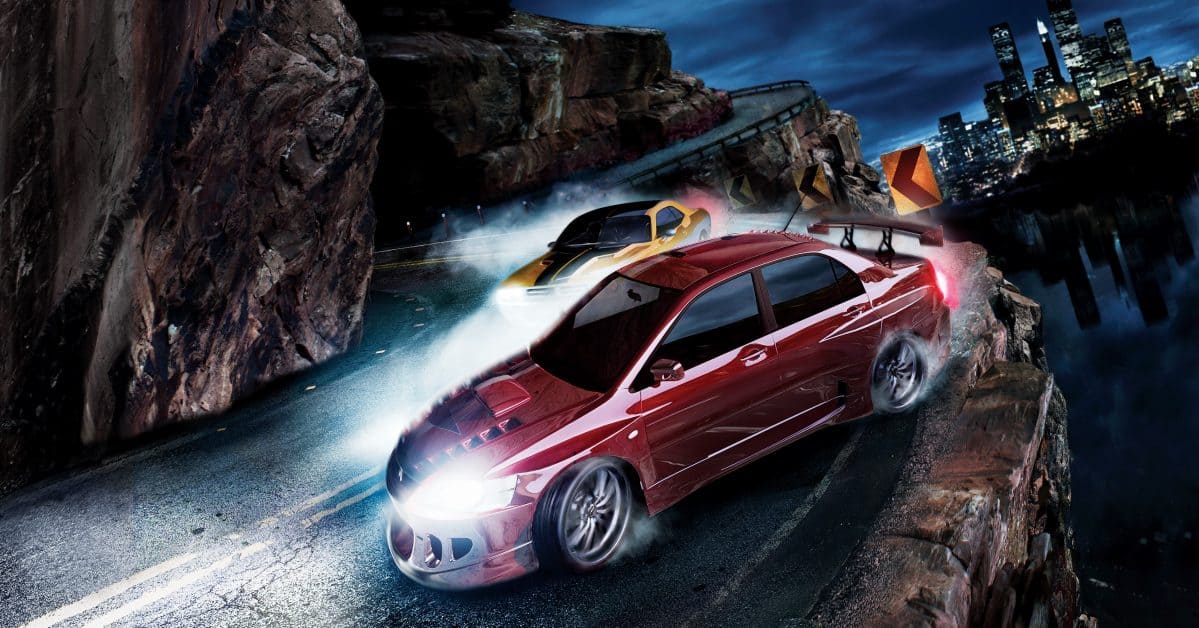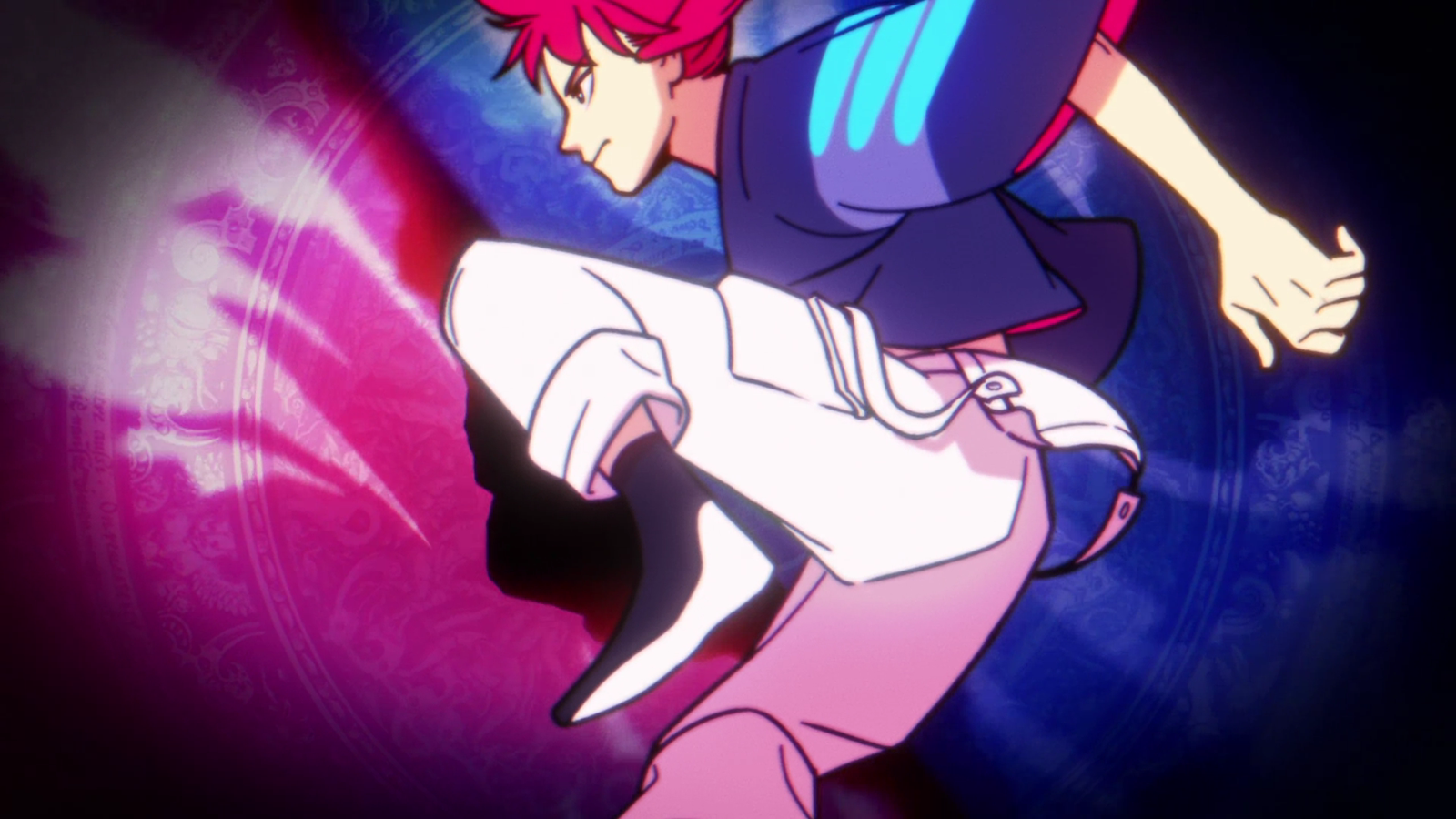You can trust VideoGamer. Our team of gaming experts spend hours testing and reviewing the latest games, to ensure you're reading the most comprehensive guide possible. Rest assured, all imagery and advice is unique and original. Check out how we test and review games here
EA struck a chord with speed hounds in 2003 with the street racing success Need for Speed Underground. Naturally, strong sales brought us a sequel, a handful of shoddy replicas (SRS and Juiced come to mind), and eventually the release of last year’s solid Most Wanted, which launched alongside the 360. Now, a year later, EA has brought back the street racing franchise with Need for Speed Carbon, a direct sequel to Most Wanted featuring the same over-the-top FMV sequences, intense police chases, and a heavy emphasis on speed and customisation. With EA being strong supporters of the Wii, it’s no surprise that a version of game also launched alongside the system, but is it more than a quick port?
NFS Carbon on the Wii is more or less a ‘carbon’ copy of the game that’s appeared on almost every platform going, but it does feature some quite drastically different controls. The default method is to use the Wii-mote, with the d-pad position on the left. This is then tilted to act as a steering wheel. It’s a control scheme that other racing games on the Wii have implemented, but that doesn’t mean it’s automatically the best option for racing. It simply doesn’t offer the precision or sense of control that’s required.
Another four control set-ups are available, and these all make use of the Nunchuck and Wii-mote. In these cases the Wii-mote is used as a gas-pedal, tilting forwards to accelerate, while a few set-ups also map break to pulling up on the Wii-mote. Steering is either handled by tilting the Nunchuck (which feels completely wrong) or by using the analogue stick, and the latter is by far the best option. By using the analogue stick to steer, the ‘Z’ button to break and the Wii-mote ‘pedal’ to accelerate, the game is playable, but there’s no question that it plays significantly better with a standard controller on other systems.
A general lack of thought in the menu navigation is also worth mentioning. Considering the default control scheme uses the Wii-mote on its side, it would have made sense to map the directional controls to the d-pad in the orientation the controller is being held, but this isn’t the case. This means that pressing ‘up’ is actually ‘right’, ‘right’ is ‘down’ and so on. It’s a slight niggle, but another example of the controls not being thought out enough in the port over to the Wii. Unsurprisingly, there’s also no online play, with multiplayer games limited to two-player split-screen, and the modes missing in the current-gen versions are also missing here.
Picking up directly after Most Wanted, Carbon pits players in a city divided by four territories and the surrounding carbon canyons (hence the name), with the objective being to take over all of that land and win your ex-girlfriend back, naturally. The bulk of your time with Carbon will be spent in its 10-hour Career mode. Here players have the choice to pick one of three car classes: Tuners, for those of you who prefer handling over speed; Exotics, cars that excel in both acceleration and top speed, and take the corners reasonably well; and Muscle cars, which excel in raw power, but are difficult to control.
Most Wanted was all about intense police chases and one-on-one racing, but Carbon is all about taking over territory. The map is divided into four sections, each with multiple zones to control. Win enough matches in a zone (two to be exact), and your team can claim the region; win enough regions and the territory is yours for the taking.
The races themselves are your standard fare, consisting of the Sprint, Circuit and Drift matches, the latter of which has undergone a complete overhaul. Drift matches now require an incredible amount of skill to complete as your car slides around as if you’re racing on a sheet of ice. In the Underground series you could at least control your drift to some degree, but in Carbon the slightest tilt of the stick results in your car sliding uncontrollably in all directions.
At least in the standard races you’ll have the help of your crew members to even the odds. Crew members are split up into three groups: scouts, blockers, and drafters. As the name suggests, scouts race ahead of you and snipe out hidden shortcuts and alternate paths; drifters speed ahead of you, allowing you to drift behind them before slingshoting past at the press of a button; and blockers zoom past your opponents and purposely stop in front of them, ultimately blocking them from advancing ahead of you. As helpful as the wingman feature might sound, it actually ends up being a hindrance on your performance. For example, in order to fully take advantage of a drifter, you need a solid straight away, and with Carbon’s many twists and turns, trying to set up a good drift can send you into the side of a guardrail more often than not. Similarly, the blockers often have a hard time keeping up with your car, and as a result, the only blocking they do is on the cars closest to the back of the pack. The scouts are the most useful of the bunch, but even then, they often make quick last minute turns into the many alternate paths, giving you only a split second to react and change your direction.
While the race missions aren’t any different from previous instalments, EA has included a few curve balls in the form of the speed trap races, where the winner is determined by the cumulative amount of MPH reached after hitting each trap (similar to Test Drive), and the canyon races, where you duel it out in a two-part match with a crew boss atop one of the city’s enormous canyons. Part one of the canyon matches has you racing as closely as possible to your opponent – the closer you are, the more points you earn. In the second race, the roles are reversed and the crew boss follows you. Whoever earns the most points at the end of two rounds is the victor.
Similar to Most Wanted, which packed some seriously challenging battles, especially near the end of the game, the canyon races are awfully difficult as the crew boss in question often drives a much better car than you (you can earn the car’s pink slip if you’re lucky at the end of the match) and is an overall better racer, taking corners perfectly and earning seemingly periodic speed boosts despite the nitrous option being disabled for the match. To make matters worse, if your opponent gets ahead of you by 10 seconds, or if you happen to drive right off the cliff, it’s game over. Granted, this also applies to your opponent as well, though getting that far ahead of the boss is near impossible. The camera also tends to shift to the car’s left side unexpectedly around certain bends, resulting in numerous crashes and plenty of lost time.
When you’re not duelling it out atop canyons, chances are you’ll be indoors customizing your ride. The Underground series introduced a level of car customization that was unheard of for its time, and Carbon continues to up the ante, adding a few new bells and whistles for good measure. As you win races and earn cash, you also unlock additional parts which can then be bought and added to your car. The number of parts is lacking in comparison to Underground 2, but what Carbon lacks in parts, it more than makes up for with the new Auto-Sculpt feature. You can dynamically sculpt sections of your spoiler, rear and front bumpers, skirts, and so forth by adjusting a series of sliders. Though it’s an admittedly aesthetic feature and has no bearing on your overall race performance, it’s sure as hell fun to tinker with and will easily eat up an extra few hours on top of the game’s single-player bout.
Wii Carbon looks pretty comparable to the PS2 and Xbox version of the game, so it’s not an especially impressive Wii title, but runs in widescreen and 480p Progressive Scan. Music is typical street racing urban stuff, and you’ll know if that’s your kind of thing based on what’s been included in previous Need for Speed titles. It’s generally pretty inoffensive stuff, but certainly isn’t for everyone.
Need for Speed Carbon is one of those games that simply isn’t best played on the Wii. Racing games are yet to prove themselves on the system, and Carbon is another that suffers due to the Wii’s controllers. Control issues aside, it’s another solid racer from EA, and the Auto-Sculpt feature is absolutely fantastic. If you’ve been following the series up to this point, and were a fan of last year’s Most Wanted, Carbon should be right up your alley, but the Wii version shouldn’t be the version you play.
Need For Speed Carbon
- Platform(s): Classic Macintosh, Game Boy Advance, Gameboy Advance, GameCube, Nintendo DS, PC, PlayStation 2, PlayStation 3, PS Vita, PSP, Wii, Xbox, Xbox 360
- Genre(s): Arcade, Racing
/https://oimg.videogamer.com/images/b2d0/need_for_speed_carbon_2-31516.jpg)
/https://oimg.videogamer.com/images/650d/need_for_speed_carbon_3-31517.jpg)






